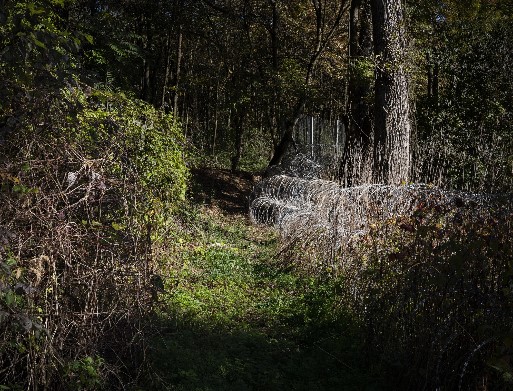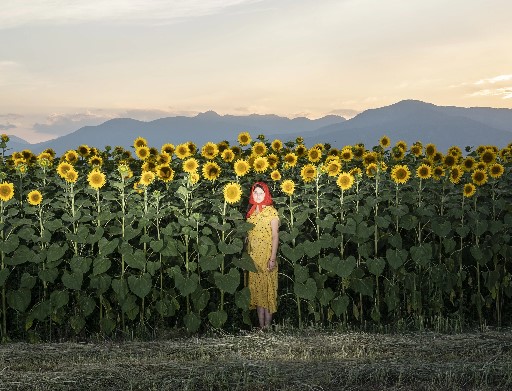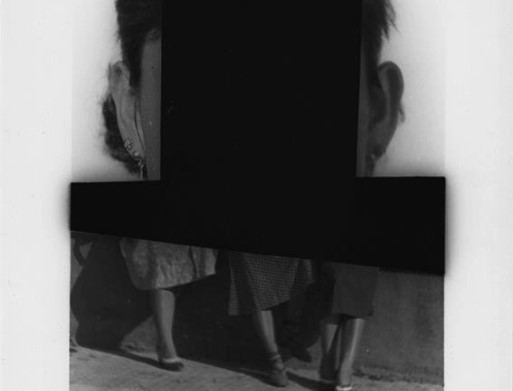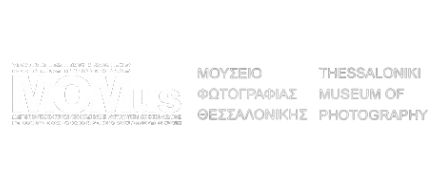In A Long Saturday, George Steiner* borrows the Friday-Saturday-Sunday schema from the New Testament: the death of Christ on Friday, with the darkness descending on earth and the tearing of the veil of the Temple; then there is the uncertainty of Saturday, when nothing happened, nothing moved; finally, the Resurrection of Jesus on Sunday. During this long, motionless Saturday, people redefine their values, lose their formed identities and seek out new ones.
Following Steiner’s proposition, in this series of images, the self, like an actor on stage, “encounters its spectators at the exact moment when they meet him, creating a unique osmosis between them, as the self performs a role. The presence of spectators is etched in one’s consciousness and constitutes the self […] meanwhile, the self projects contents of the subconscious and memory onto spectators.
The self, through role performance and assisted by the role’s contours, stages itself, designing a scene, articulating its own discourse, inventing a spectator, an entire audience or even an imaginary community, who bears witness to the self’s endeavour.”
The photographic series “Long Saturday” depicts people who find themselves in crossroads, barren landscapes, inhospitable environments, where road signs underline prohibitions and the difficulty of defining and being in harmony with their surroundings.
*George Steiner was a Franco-American literary critic, essayist, philosopher, novelist and educator.








